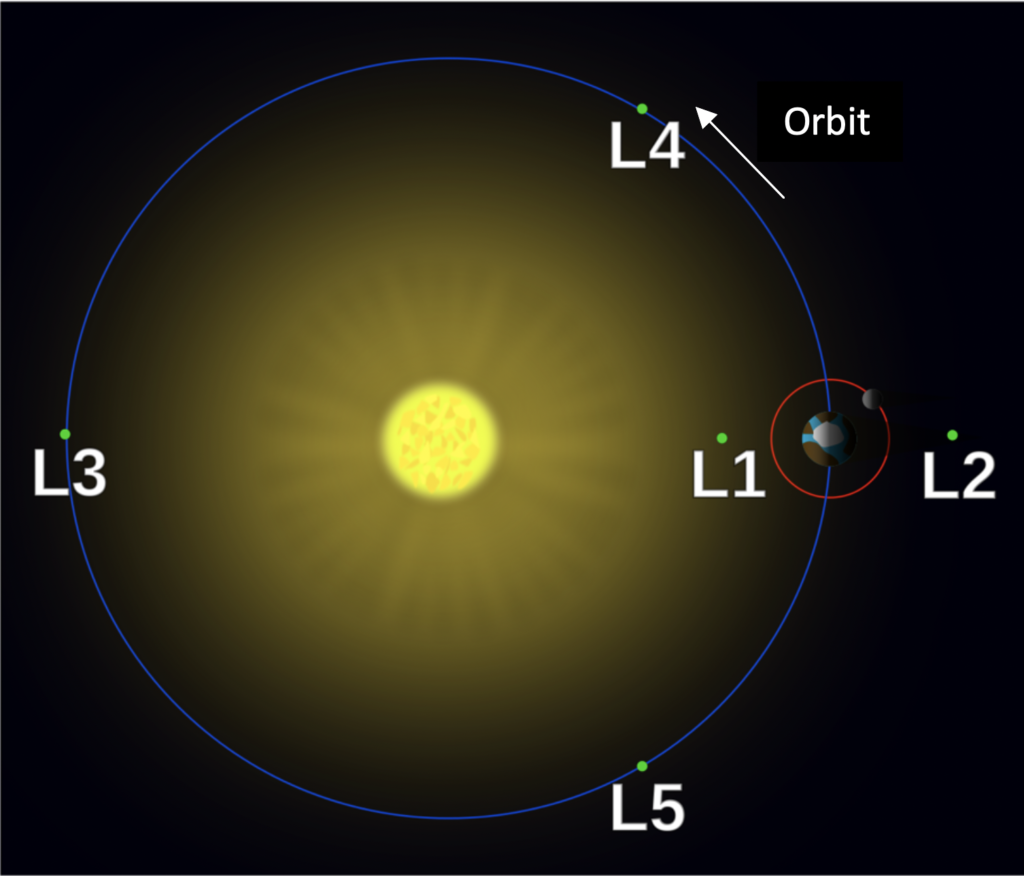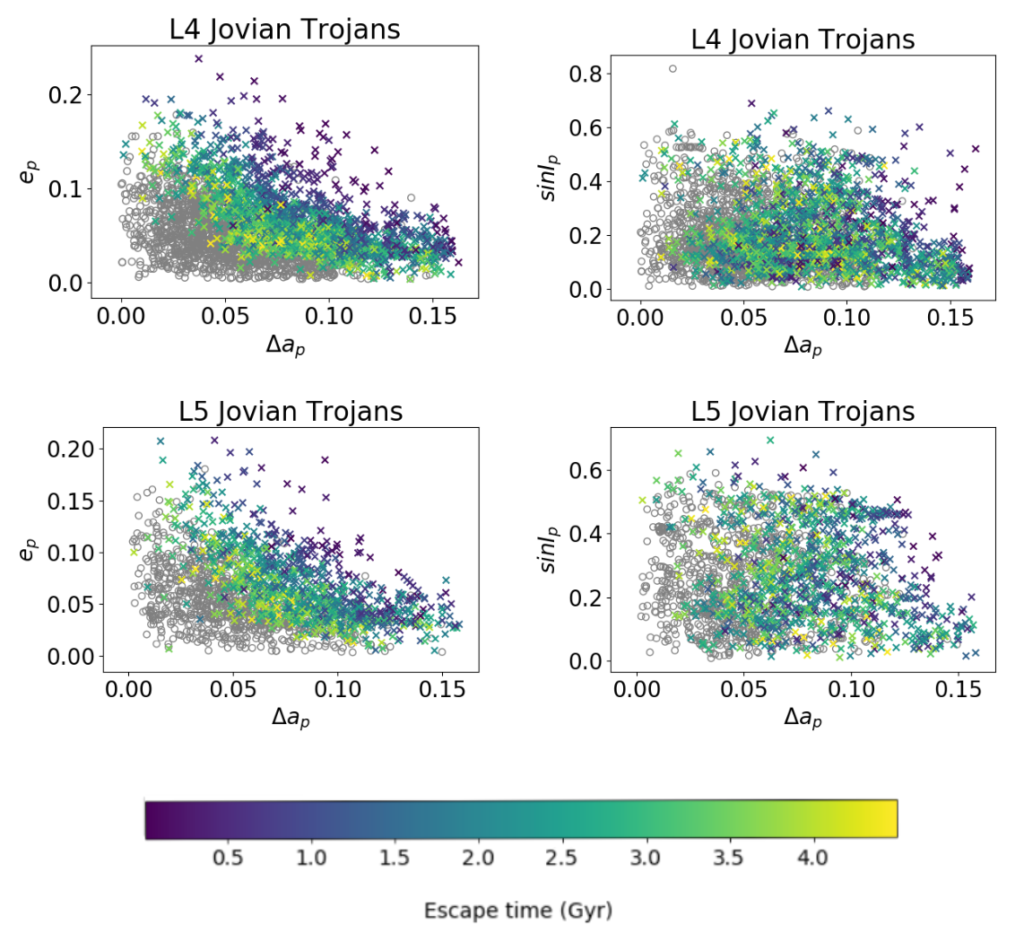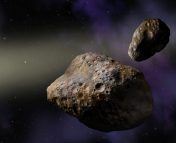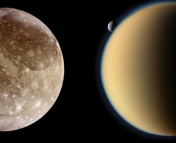Title: Stability of Jovian Trojans and their collisional families
Authors: Timothy R. Holt, David Nesvorný, Jonathan Horner, Rachel King, Raphael Marschall, Melissa Kamrowski, Brad Carter, Leigh Brookshaw, and Christopher Tylor
First Author’s Institution: University of Southern Queensland, Centre for Astrophysics, Toowoomba, Queensland, Australia
Status: open access on ArXiv
Who let Homer into astronomy anyway?
Besides the main celestial bodies in our solar system – the planets, moons, and dwarf planets (RIP Pluto) we’re familiar with – there are also around 150 million asteroids floating around. Among these are Trojan asteroids, special groups of asteroids that fall within the orbital paths of planets. As one may guess, the asteroids are named after the Trojans from Homer’s Iliad and Odyssey, with the largest asteroids getting specific names of heroes from the tales, such as Hektor and Achilles.
Though the term has become more general, the archetypal Trojan asteroids fall within the orbital path of Jupiter at its L4 and L5 Lagrange points. Lagrange points are, essentially, points where the gravitational forces from two bodies create stable positions for other objects like asteroids to sit. There are five Lagrange points for any two gravitationally interacting objects – creatively labeled L1 through L5. L1, L2, and L3 are only considered ‘meta-stable’, meaning that a slight push could cause the object to leave the point, while L4 and L5 are truly stable. A visualization of these points for the Earth-Sun system is shown in Figure 1. The group leading Jupiter’s orbit at L4 is sometimes referred to as the Greek camp, while the trailing group at L5 is the Trojan camp.

The origin of Jupiter’s Trojan asteroids, or the Jovian Trojans, is somewhat ambiguous, but they are thought to have been present since the early days of the solar system. They were likely captured, because their actual orbital distributions and inclinations don’t match those theorized by an in situ formation model. According to the paper, there are currently 5,553 known Jovian Trojans, but some proposed projects with the upcoming Vera C. Rubin Observatory and Wide Field Infrared Survey Telescope (WFIRST) aim to increase these numbers. The Lucy mission is also set to study the Jovian Trojans in more depth in the late 2020’s.
The Study
The authors have two main goals in their study: 1) to determine the escape rates of the Jovian Trojans and 2) to better determine the stability of the different collisional families of the asteroids. They use an N-body simulation to represent the motion of the asteroids for a simulation of 4.5×109 years – the age of the solar system – with a time step of 0.3954 years – 1/30th of Jupiter’s orbital period. They find that 23.35% of the Greek camp asteroids will escape over the lifetime of the solar system, while 24.89% of the Trojan camp will escape. There is a current observed asymmetry in the number of asteroids in the Greek and Trojan camps that cannot be explained by these percentages, which indicate that the numbers have likely been mismatched since they were first captured (I hope Jupiter isn’t picky about symmetry!). They also are able to identify six collisional families among the asteroids based on their dynamics, with four families in the leading Greek camp and two in the trailing Trojan camp. The authors were particularly thorough with the largest and most well-studied collisional family, the Eurybates family, and dated it back to around 1.045±0.364 x 109 years based on its escape rate and current population.

Though the Jovian Trojans are only a small subpopulation of known asteroids, they are potentially important in understanding the history of our solar system. If we understand their dynamics, we can understand how they were captured, and we can then potentially determine what sort of event would have had to occur in order for them to be captured in the first place. With a larger sample size from upcoming observing projects and some chemical analysis from missions such as Lucy, astronomers will gain a better understanding of these strange objects in the coming decades. Hopefully nobody gets kidnapped for being too beautiful in the process!




